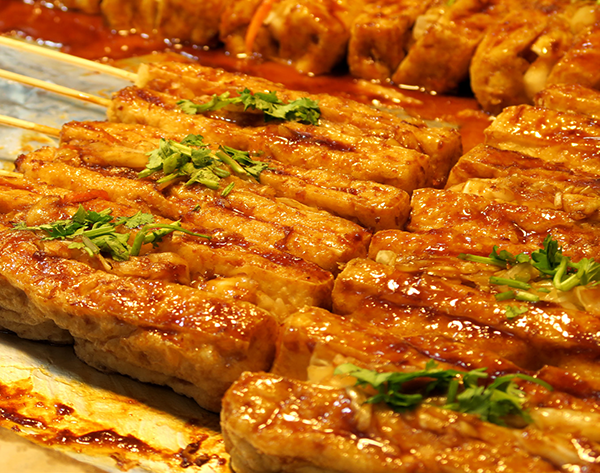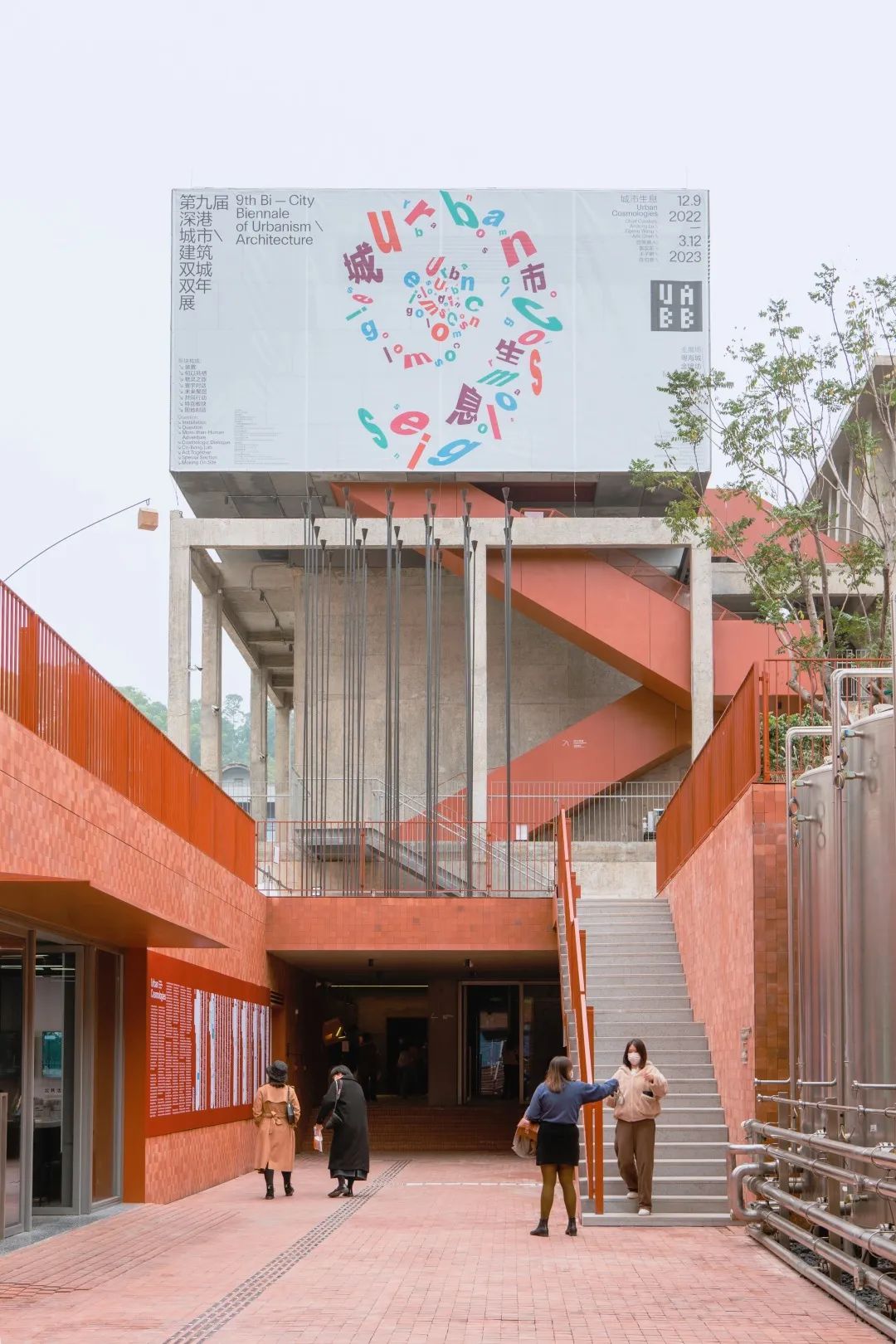











Xia, Shang, and Zhou Dynasties: The southern coastal area of China used to be called “Baiyue”. The history of Lingnan (referring to the lands in the south of the Nanling Mountains) civilization dates back 3000 years.
Qin Dynasty: Three commanderies, including Guilin, Xiang and Nanhai, were established in Lingnan. Panyu became the first county in Nanhai commandery.
Eastern Jin Dynasty: Dongguan commandery was split off from Nanhai commandery. The Bao'an county was then set up in Dongguan commandery. Luohu became a part of Bao'an county.
Ming Dynasty: Xin'an county was established, covering the present Shenzhen city and Hong Kong area.
Qing Dynasty: The name “Shenzhen Xu”, or “Shenzhen Market”, was first documented in 1688. Shenzhen Xu was one of the most traditional and popular commercial areas, with the area around the Dongmen being the most vigorous.
In 1911, the Guangzhou-Kowloon Railway connecting Hong Kong with Guangzhou, Dongguan and other places opened to traffic. The line set up a Shenzhen station, which was located in Luohu. A large number of passengers and goods were transported here, boosting the development of local industry and business, which made Shenzhen Xu a more popular place.
In Jan, 1979, Shenzhen city was established. Luohu district was later founded in March the same year. It is a county-level administrative division of Shenzhen municipal government.
In August, 1980, Shenzhen Special Economic Zone (SEZ) was established, and Luohu is one of the administrative districts in Shenzhen SEZ.
In August, 1981, the Luohu District Communist Party of China (CPC) and Luohu District People's Government were established, which are the party committee and government agency at primary level, respectively.
In 1992, Luohu district was established as the administrative region at the deputy departmental level.
Since 2003, Luohu district has set up 10 subdistricts.
-
Xia, Shang, and Zhou Dynasties
-
Qin Dynasty
-
Eastern Jin Dynasty
-
Ming Dynasty
-
Qing Dynasty
-
1911
-
1979
-
1980
-
1981
-
1992
-
2003














Sungang Sub-district
Guiyuan Sub-district
Nanhu Sub-district
Huangbei Sub-district
Liantang Sub-district
Donghu Sub-district
Dongxiao Sub-district
Qingshuihe Sub-district
Cuizhu Sub-district
Dongmen Sub-district








- Panoramic view of Luohu
- Luohu Bridge
- Shenzhen Reservoir
- Shenzhen River
- Donghu
- Dongmen
- Heping Road





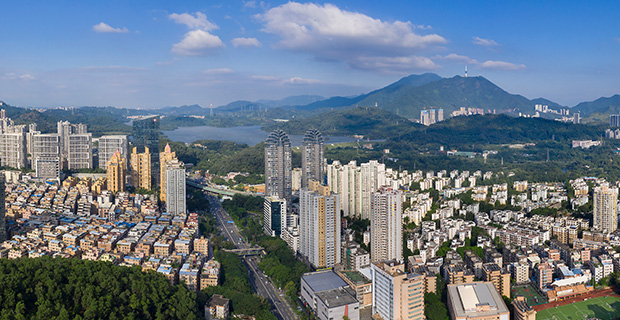











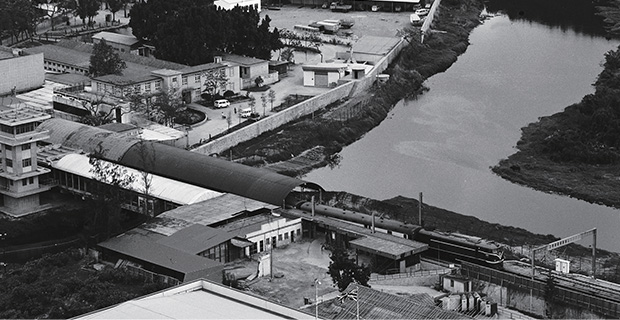







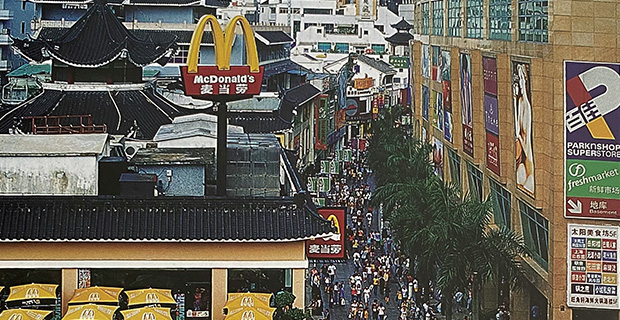



- New Reservoir Village
- Guomao Building
- First McDonald's on the Chinese mainland
- Luohu Port
- Wenjindu Port
- Yumin Village

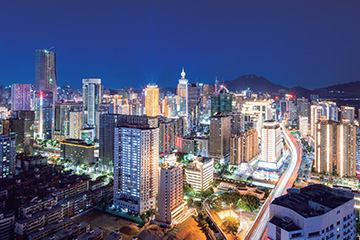
Renmin South CBD
In the 1980s and '90s, Renmin South CBD became a popular shopping site in Shenzhen. In recent years, the Luohu government has increased investment to renovate the business district. [more]
Caiwuwei CBD
Known as the “Fashion Capital in Asia,” Caiwuwei CBD in Luohu is home to many of the biggest luxury commercial brands.[more]
Dongmen CBD
Dongmen is one of the most dynamic and representative business districts in Shenzhen. Its predecessor was the bustling Shenzhen Xu (Shenzhen Market).[more]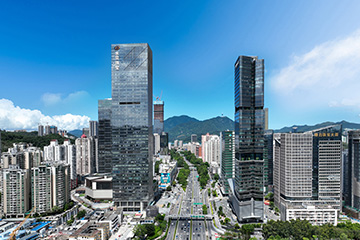
Shuibei Jewelry Zone
There is a saying in China's jewelry community: "For jewelry in China, look to Shenzhen, and for jewelry in Shenzhen, look to Shuibei.”[more]
HALO Place
HALO Place accommodates many around-the-clock businesses, including acclaimed restaurants, trendy bars, leisure and entertainment venues, and fashion and retail stores. [more]
Hongling Innovative Financial Industrial Belt
Located in Sungang subdistrict, the Hongling Innovative Financial Industry Belt is home to the headquarters of .... [more]





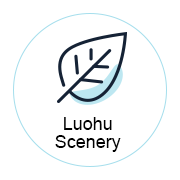


Railway Station

Ports











 粵公網(wǎng)安備 44030302000492號(hào)
粵公網(wǎng)安備 44030302000492號(hào)

























































